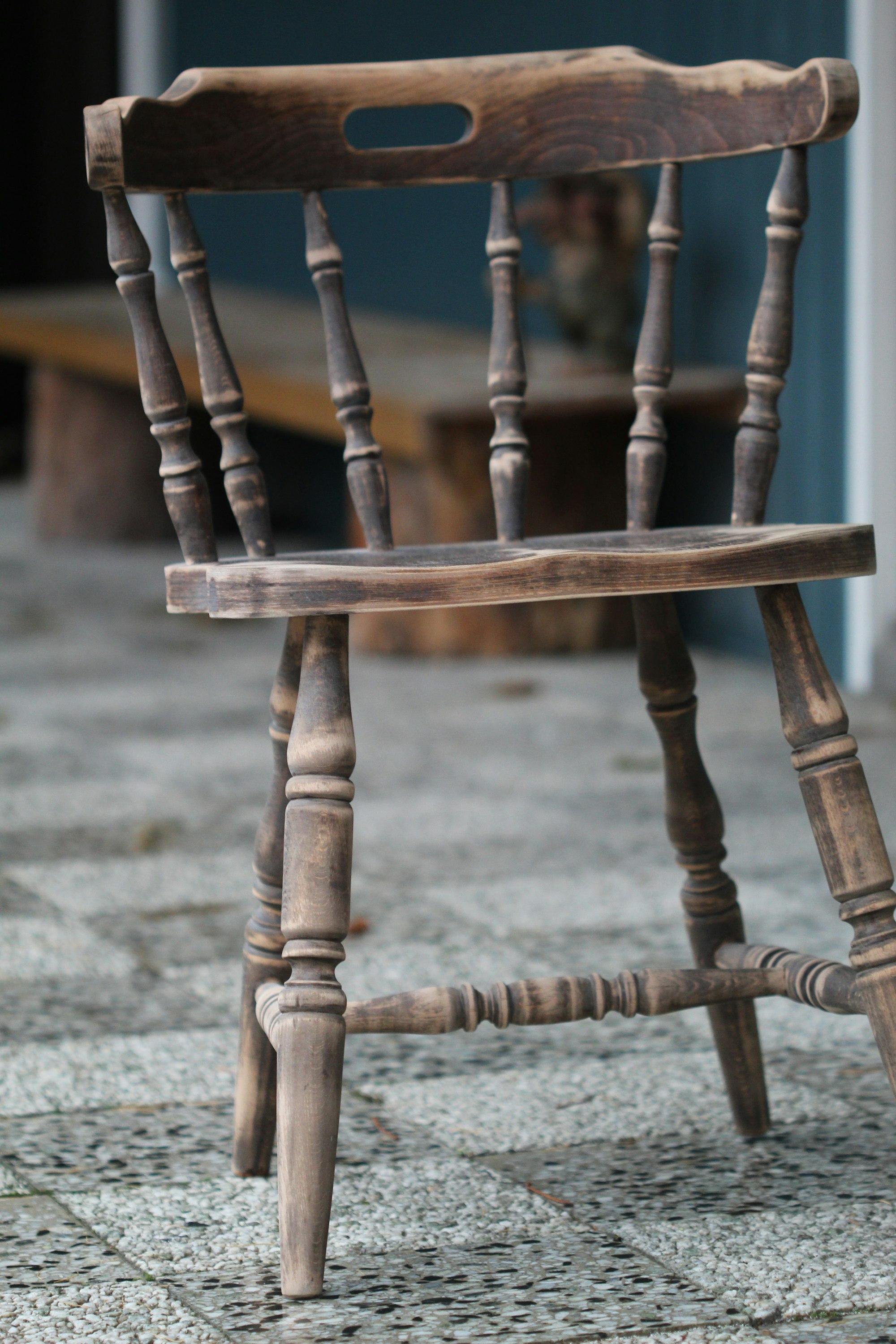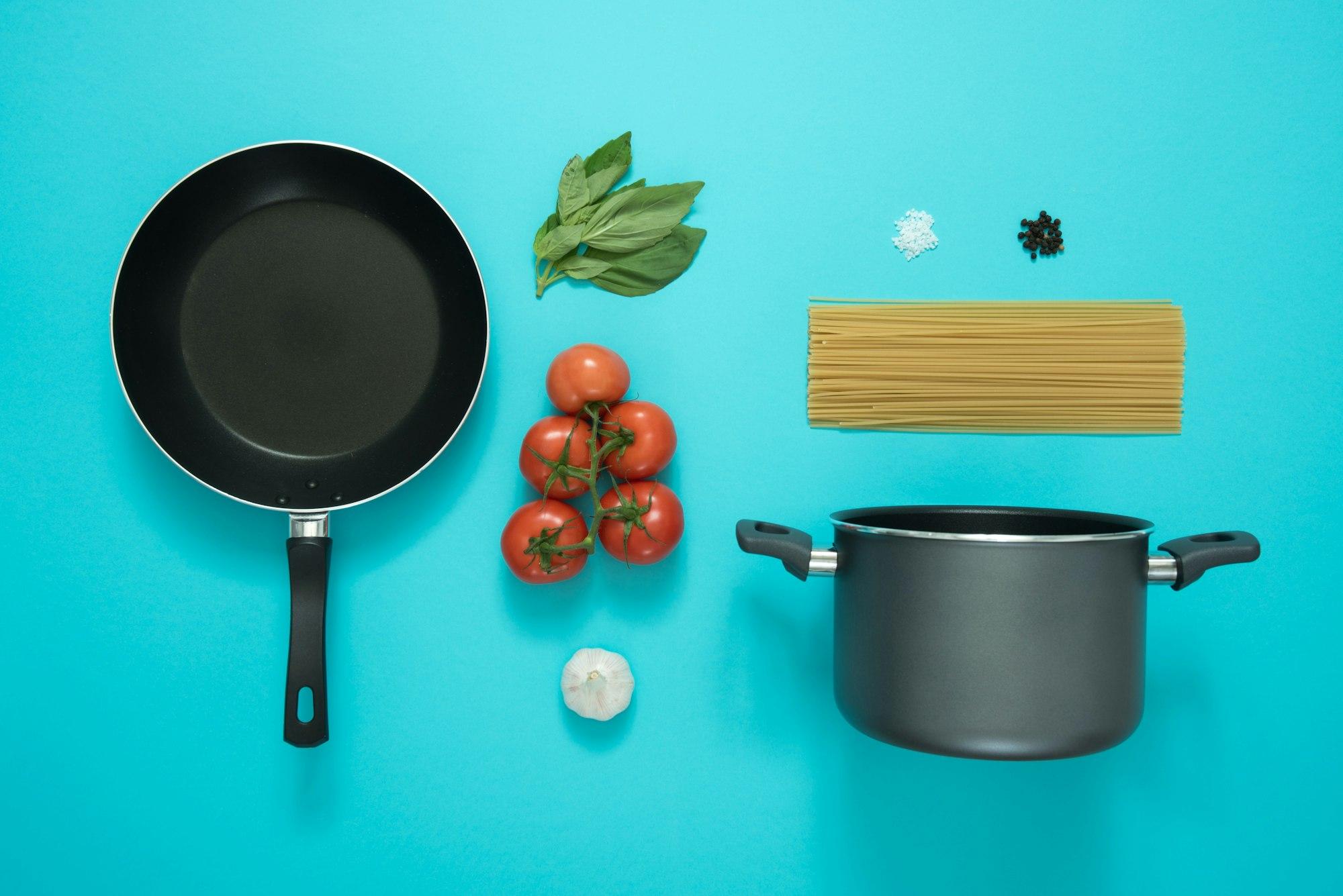How to Restore Furniture
Transform forgotten furniture into cherished masterpieces through restoration. This rewarding craft breathes new life into vintage pieces, blending creativity with sustainability. Discover the art of reviving old treasures and crafting unique focal points for your home.

Photo by Anne Nygård
Restoring old furniture can be a rewarding and fulfilling project that not only breathes new life into your home but also allows you to express your creativity. Whether you’ve stumbled upon a vintage piece at a thrift store or inherited a family heirloom, the process of restoration can transform these items into stunning focal points in your space. In this article, we’ll explore practical tips and techniques to help you successfully restore furniture, making it a cherished part of your home. Additionally, we will delve into the history of furniture styles, the environmental benefits of restoration, and how to choose the right piece for your project.
Understanding the Basics of Furniture Restoration
Before diving into the restoration process, it’s essential to understand what furniture restoration entails. This involves repairing, refinishing, or refurbishing furniture to restore its original beauty and functionality. Here are some key aspects to consider:
Assessing the Condition
The first step in any restoration project is to evaluate the condition of the piece. Look for signs of damage such as scratches, dents, or loose joints. Understanding the extent of the damage will help you determine the best approach for restoration. Additionally, consider the type of wood and construction methods used in the piece, as these factors can influence the restoration process. For instance, solid wood furniture may require different techniques compared to particleboard or laminate pieces. Furthermore, take note of any unique features, such as carvings or inlays, which may need special attention during the restoration process.
Gathering Your Tools
Having the right tools on hand is crucial for a successful restoration. Here’s a list of essential tools you might need:
- Screwdrivers
- Sandpaper (various grits)
- Wood glue
- Paintbrushes
- Stain or paint
- Clear sealant
- Cloth rags
- Clamps
- Putty knife
- Wood filler
- Safety goggles
- Dust mask
In addition to these tools, consider investing in a good quality workbench or a sturdy table to provide a stable surface for your restoration work. A well-organized workspace can significantly enhance your efficiency and safety while working on your project. Furthermore, having a dedicated area for your tools and materials will help you keep track of everything you need, making the restoration process smoother and more enjoyable.
Step-by-Step Restoration Process
Now that you have a grasp of the basics, let’s delve into the step-by-step process of restoring your furniture. Each step is crucial and contributes to the overall success of your project, so take your time and enjoy the journey.
Cleaning the Furniture
Start by thoroughly cleaning the piece to remove dirt, grease, and old finishes. Use a mild soap solution and a soft cloth to wipe down the surfaces. For stubborn stains, consider using a gentle abrasive cleaner. It’s important to ensure that all residues are removed, as they can interfere with the adhesion of stains or paints later on. After cleaning, allow the furniture to dry completely before proceeding to the next step. This drying time is essential, as moisture trapped in the wood can lead to issues such as mold growth or warping. Additionally, consider using a vacuum with a brush attachment to remove dust from crevices and hard-to-reach areas, ensuring a thorough clean.
Repairing Damage
Once the furniture is clean, address any repairs needed. For loose joints, apply wood glue and clamp the pieces together until dry. Fill in scratches or dents with wood filler, allowing it to dry completely before sanding it smooth. If the piece has any missing parts, such as a leg or a decorative element, you may need to create a replacement using similar materials. This can involve woodworking skills, so be prepared to learn some new techniques if necessary. Additionally, consider reinforcing weak areas with dowels or brackets to ensure the longevity of your restoration. If the furniture has any upholstery, inspect it for tears or stains, and decide whether it needs to be repaired or replaced. Upholstery can significantly affect the overall appearance of the piece, so take your time to choose a fabric that complements your design vision.
Sanding and Refinishing
After repairs, it’s time to sand the surface. Begin with a coarse grit sandpaper to remove any old finish, then progress to finer grits for a smooth finish. Once sanded, wipe down the piece to remove dust before applying your chosen stain or paint. Sanding not only prepares the surface for finishing but also helps to reveal the natural beauty of the wood grain. Pay special attention to corners and edges, as these areas can often be overlooked. If you’re working with intricate designs or carvings, consider using a sanding sponge or a detail sander to reach those tight spots. After sanding, you may want to apply a wood conditioner, especially if you’re using a stain, as this can help achieve a more even color and prevent blotchiness.
Choosing the Right Finish
The finish you choose can significantly impact the final look of your restored furniture. Here are some options to consider:
Stains
Stains enhance the natural beauty of the wood while adding color. They come in various shades, allowing you to match the piece to your existing decor. Apply the stain with a brush or cloth, following the manufacturer’s instructions for drying times. When selecting a stain, consider the undertones of the wood; for example, a warm stain may complement oak, while a cooler stain may suit maple better. Additionally, you can experiment with layering different stains to create a custom color that reflects your personal style. After staining, it’s advisable to apply a topcoat to protect the finish and enhance durability.
Paint
If you prefer a more modern look, painting your furniture can be an excellent option. Choose a high-quality paint suitable for furniture, and consider using a primer for better adhesion. Apply multiple coats for an even finish, allowing adequate drying time between each coat. When painting, think about the color scheme of your room and how the piece will fit into your overall design. You can also explore techniques such as distressing or using chalk paint for a vintage look. Don’t forget to finish with a protective topcoat, especially if the furniture will be used frequently, as this will help prevent scratches and wear.
Final Touches and Maintenance
Once your furniture is restored, it’s important to protect your hard work. Here are some final touches and maintenance tips:
Applying a Sealant
To protect your newly finished piece, apply a clear sealant. This will help guard against scratches and moisture, ensuring your furniture remains beautiful for years to come. There are various types of sealants available, including polyurethane, varnish, and lacquer, each offering different levels of durability and sheen. Choose a sealant that aligns with your desired finish and the intended use of the furniture. For example, if the piece will be placed in a high-traffic area, a more durable sealant may be necessary. Be sure to follow the application instructions carefully, as improper application can lead to an uneven finish or bubbling.
Regular Maintenance
Regular maintenance is key to preserving your restored furniture. Dust it regularly and avoid placing it in direct sunlight to prevent fading. If you notice any wear, address it promptly to keep your piece looking its best. Consider using coasters and placemats to protect surfaces from heat and moisture, and avoid using harsh chemicals for cleaning, as these can damage the finish. Additionally, periodically check for any loose joints or signs of wear, and make repairs as needed to prolong the life of your furniture. Establishing a routine maintenance schedule can help you stay on top of these tasks and ensure your restored piece remains a cherished part of your home.
Finding Inspiration for Your Next Project
As you embark on your furniture restoration journey, finding inspiration can help spark your creativity. Consider exploring:
Online Resources
Websites and social media platforms are filled with restoration projects shared by enthusiasts. Look for tutorials, before-and-after photos, and tips from fellow DIYers to guide your efforts. Platforms like Pinterest and Instagram can be particularly useful for discovering new ideas and techniques. You can also join online forums or groups dedicated to furniture restoration, where you can ask questions, share your progress, and connect with others who share your passion. Additionally, many bloggers and YouTubers specialize in DIY projects, offering step-by-step guides and valuable insights that can enhance your skills and inspire your creativity.
Local Workshops
Many communities offer workshops on furniture restoration. Participating in these can provide hands-on experience and connect you with others who share your passion. Local craft stores, community colleges, and art centers often host classes that cover various aspects of restoration, from basic techniques to advanced skills. Attending these workshops can also provide you with access to professional tools and materials that you may not have at home. Furthermore, networking with fellow participants can lead to valuable friendships and collaborations on future projects. Don’t hesitate to reach out to local artisans or restoration experts, as they may offer private lessons or mentorship opportunities.
The Environmental Benefits of Furniture Restoration
In addition to the aesthetic and personal satisfaction gained from restoring furniture, there are significant environmental benefits to consider. By choosing to restore rather than discard old furniture, you are actively participating in sustainable practices that reduce waste and promote recycling. The furniture industry is a major contributor to landfill waste, and by extending the life of existing pieces, you help mitigate this issue. Furthermore, the production of new furniture often involves the use of valuable resources, including wood, metals, and plastics, which can lead to deforestation and environmental degradation. By restoring furniture, you are not only preserving the craftsmanship of the past but also making a conscious choice to protect the planet for future generations.
Final Thoughts
Restoring furniture is not just about saving a piece from the landfill; it’s about creating something unique that reflects your style. With the right tools, techniques, and a bit of patience, you can transform old furniture into stunning additions to your home. So gather your supplies, find a piece that speaks to you, and let your creativity shine! Remember, each restoration project is an opportunity to learn and grow as a DIY enthusiast, and the skills you develop will serve you well in future endeavors. Embrace the journey, and enjoy the satisfaction that comes from breathing new life into old treasures.
Quick facts
What is the best way to restore old furniture?
The best way to restore old furniture involves several steps: cleaning thoroughly, repairing any damages, stripping old finishes if necessary, sanding to smooth the surface, and applying new stain or paint. For wooden pieces, use wood filler for cracks and dents. Always finish with a protective sealant. Tailor the approach to the specific piece and its condition.
Is it worth restoring old furniture?
Restoring old furniture can be worth it, especially for high-quality, well-made pieces or those with sentimental value. It's often more cost-effective than buying new, and allows for customization. Restoration preserves craftsmanship and history, and can significantly increase a piece's value. Consider the item's condition, potential value, and your available time and resources before deciding.
How do you bring wood furniture back to life?
To bring wood furniture back to life, start by cleaning thoroughly with a wood-specific cleaner. Sand lightly to remove scratches and even out the surface. Apply wood conditioner to nourish the wood. For minor scratches, use a matching wood filler. Restore color with wood stain or paint, then apply a protective finish like polyurethane for longevity.
How do you restore old furniture without sanding it?
To restore old furniture without sanding, use chemical strippers to remove old finishes. Clean thoroughly with a degreaser. Apply chalk paint or milk paint, which adhere well to most surfaces without primer. For wooden pieces, use liquid sandpaper or deglosser before painting. Consider using a bonding primer for extra adhesion. Finish with a protective clear coat.
What tools are needed for furniture restoration?
Essential tools for furniture restoration include sandpaper of various grits, scrapers, paintbrushes, and clean rags. You'll need wood filler, wood glue, and clamps for repairs. A power sander can be helpful for larger pieces. For refinishing, have paint stripper, stain or paint, and clear finish on hand. Protective gear like gloves and a dust mask is also crucial.

Anirudh Atodaria
Software Engineer at Spoken
Anirudh is a software engineer at Spoken. He enjoys learning new things and solving complex problems. He takes pride in making others lives easier through innovative technology solutions. While he spends most of his time immersed in coding and tech, he tries to touch some grass occasionally.
Read more

